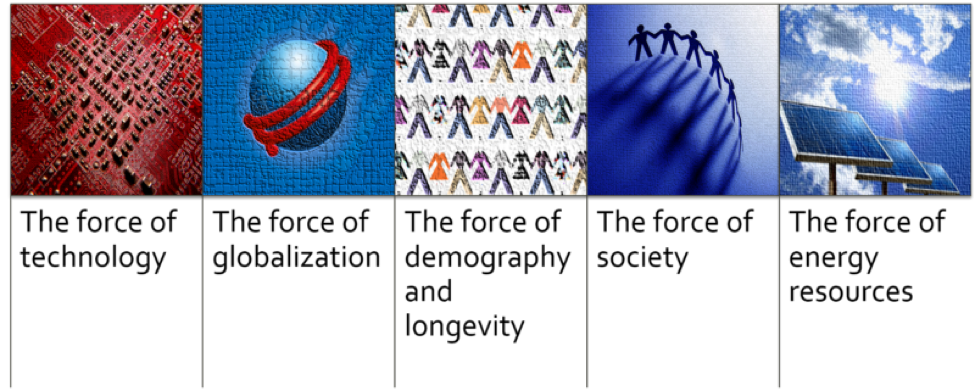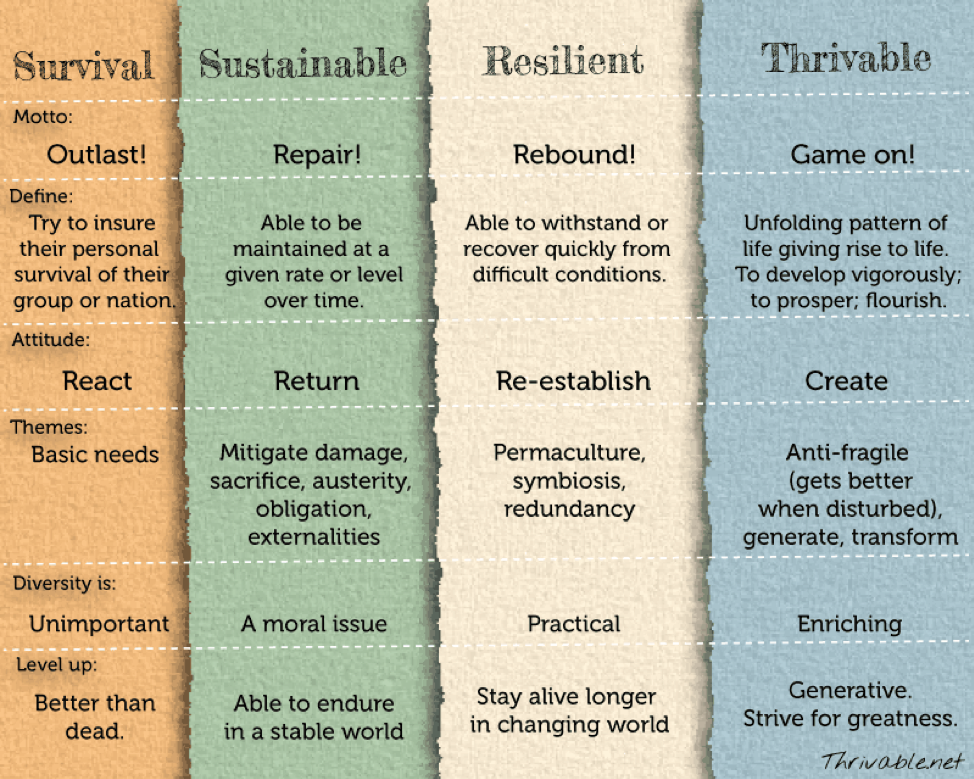By Sahana Chattopadhyay and originally published at medium.com, slightly edited here for Enlivening Edge Magazine
 Today, the very definition of organizations has changed. The impact of digitization is going far beyond a few collaboration tools and platforms. Today’s organizations are no longer defined by fixed workplaces, nine-to-five working hours or even a set of homogeneous employees.
Today, the very definition of organizations has changed. The impact of digitization is going far beyond a few collaboration tools and platforms. Today’s organizations are no longer defined by fixed workplaces, nine-to-five working hours or even a set of homogeneous employees.
Organizations have become boundary-less and often, location-agnostic and virtual. Operational and business models have been turned on their heads with the advent of enterprises like Uber, Airbnb, Etsy and Amazon. And no industry is immune to this disruption — from education to retail, from healthcare to hospitality — the old business models are being rapidly upended by new ones.
We have entered the Black Swan era with un-directed and unpredictable events regularly cropping up. These complexities are continuing to exponentially increase as we enter a hyper-digital era with AI, Robotics, 3D printing, Wearables, Alternate Reality and VR, and much more looming over the horizon. Some of the key shifts were identified by Dr. Lynda Gratton in her book, The Shift, and are depicted in the diagram below:
 The Paradigm Shifts
The Paradigm Shifts
These paradigm shifts are causing wide-scale disruption in our personal and professional lives, and reflect an urgent need to rethink and re-imagine the organization in order to embrace the potentials and affordances offered by the digital era. This is not merely about implementing a few collaboration tools or putting in place an Enterprise Social Network (ESN) with the diktat to “collaborate”.
It requires a complete re-imagining of how business gets done.
Organizations have to integrate the power of design thinking and emergent technology to create spaces where everyone can bring in their fullest potential and authentic selves. Going ahead, organizations of the future will possibly function as Transformative Communities connecting diverse, distributed and multi-talented individuals who will come together to move toward an Evolutionary Purpose.
The need for organizations to function as communities of passionate and purpose-driven individuals is becoming even more critical in the face of unprecedented upheaval being faced at local, global and planetary levels. Top-down, hierarchical, command-and-control organizations just do not have the agility or the resilience to meet the needs of today.
As the world becomes increasingly connected and networked, it calls for organizations that are equally connected, decentralized and self-organizing.
An organization’s communities today cannot be restricted to its internal employees but would extend to include contractual and contingent workers, partners, vendors and suppliers, and also customers and competitors — the extended enterprise.
I would also add the Planet and all sentient beings since every decision taken has a ripple effect with the capacity to impact millions far away from the origin of the organization. For example, the massive expansion of palm oil plantations in Borneo and Sumatra is directly threatening the survival of orangutan population in the wild. We are all well-versed with the Butterfly Effect.
Hence, this “extended enterprise” is as critical to the sustainability — nay, the Thrivability — of the business as any direct employee/shareholder. It’s no longer enough to build an organizing that survives or is even just sustainable. The former implies a closed view/self-focus and the latter implies an organization that is just maintaining itself. A thrivable organization is anti-fragile, holds space for emergence and creates opportunities for the thriving of others, and flows with the change.
Perhaps it is time for organizations to pause and ask:
“How can an organization be designed such that it becomes a space that nurtures, supports and enables conditions of thriving?”
The diagram below created by Jean Russell highlights the differences…
 Ref: http://thrivable.net/philosophy/what-is-thrivability/
Ref: http://thrivable.net/philosophy/what-is-thrivability/
A lack of Systems Thinking and understanding of Complex Adaptive Systems coupled with the desire/pressure for limitless growth have led organizations toward the kind of tunnel vision which has collectively led us to a place no one wanted to reach.
I am emphasizing organizations becoming communities because communities allow us to tap into Collective Intelligence from a diverse pool of people without the constraint of hierarchy, permission and rigidity.
To be an evolutionary and purpose-driven organization and to engage in situations we do not have a roadmap for, it is important to seek/curate collective intelligence.
However, the underlying business processes, managerial strategies, and workplace protocols still adhere to mechanistic, Industrial Era paradigms with performance, speed and bottom line being the drivers. These lead to short term thinking, repeating of past patterns, loss of innovation, frustration and burnout, and a joyless work environment.
Viewing an organization through the lens of a machine and people as cogs worked when the world was predictable, change happened very slowly, lessons of yesterday became best practices of today, and assembly line production ruled the day.
Gone is that era. The 90’s brought the term VUCA into our consciousness. And the last decade has seen a veritable tsunami of change. Technology is taking us to a world that is science-fiction-like in its possibilities.
But everything will come to naught if the patterns, mindsets and underlying consciousness guiding us continue to remain static.
Our organizations today are still using old maps while the landscape has dramatically shifted.
Unless we are cautious, we will run the risk of using technology to amplify and empower old systems and processes (faster production, greater efficiency, higher bottom line) while the organization gradually becomes less human, and we come face-to-face with our own Frankenstein.
As we lose our humanity to the glitzy appeal of speed and technology, so will we lose our interconnectedness with each other and all sentient beings.
The power of technology is immense. The choice is ours — whether we use it to amplify our humanity and connectedness to each other and the planet or we use it to further short-term profits at the cost of humanity and all sentient beings.
Never in the past have we had such unprecedented opportunities to connect thousands, millions of people together. Never in the past did an organization have the platforms and technology necessary to build communities of passionate, diverse, globally dispersed and differently skilled individuals. Organizations now have the power to move from building teams to enabling evolutionary co-creating communities.
Part 2 in this series will focus on how to move towards building communities, overcome obstacles and envision what such a re-imagined workplace could look like.
 Sahana is a Coach, Facilitator, Speaker, and Writer with a background in designing workplace learning experiences, and Organization Development.
Sahana is a Coach, Facilitator, Speaker, and Writer with a background in designing workplace learning experiences, and Organization Development.
Catalyst | Community Steward | Scribe to an emerging era… Exploring new ways of Being | Lover of mountains, rivers, forests, & seas.
Her passion is to help individuals, teams, and organizations hold space for emergence, and move towards their fullest potential. Reach her at [email protected]
Related article: Six Obstacles to Building Communities in Organizations
Featured Image/graphic link and block quoting added by Enlivening Edge Magazine. Featured




